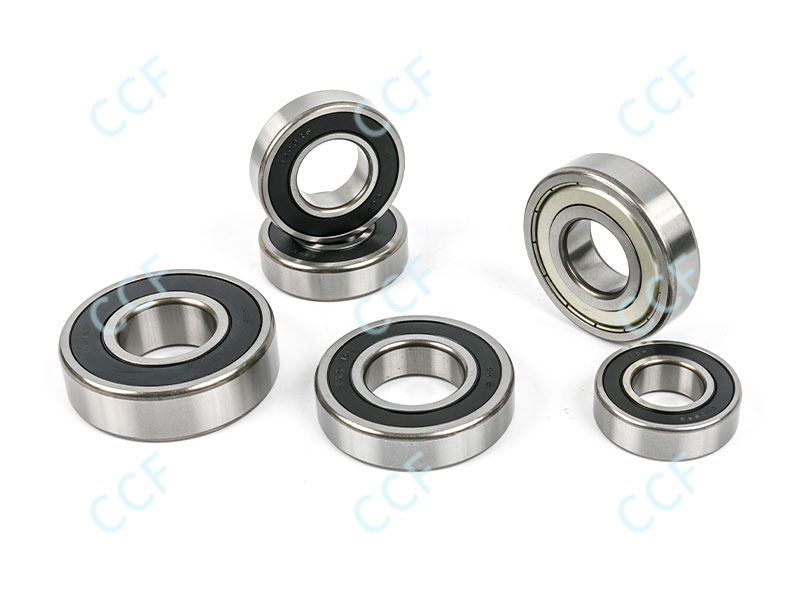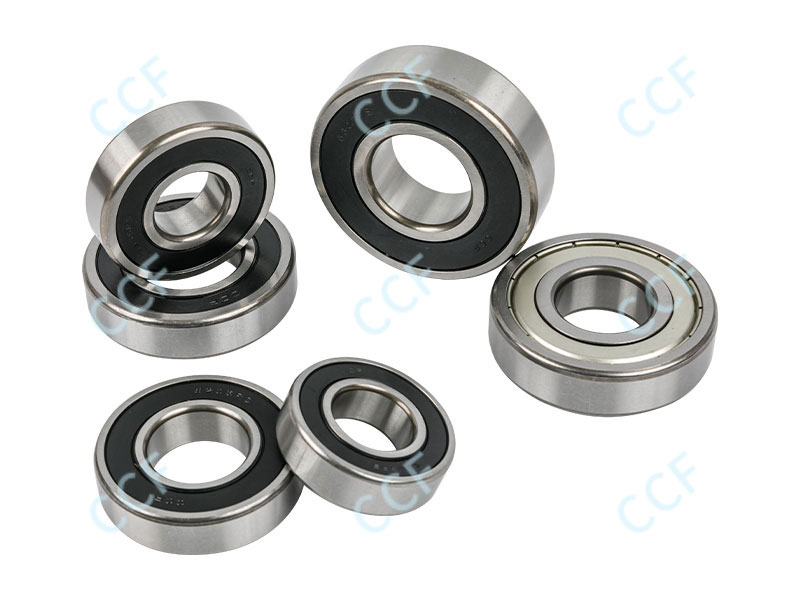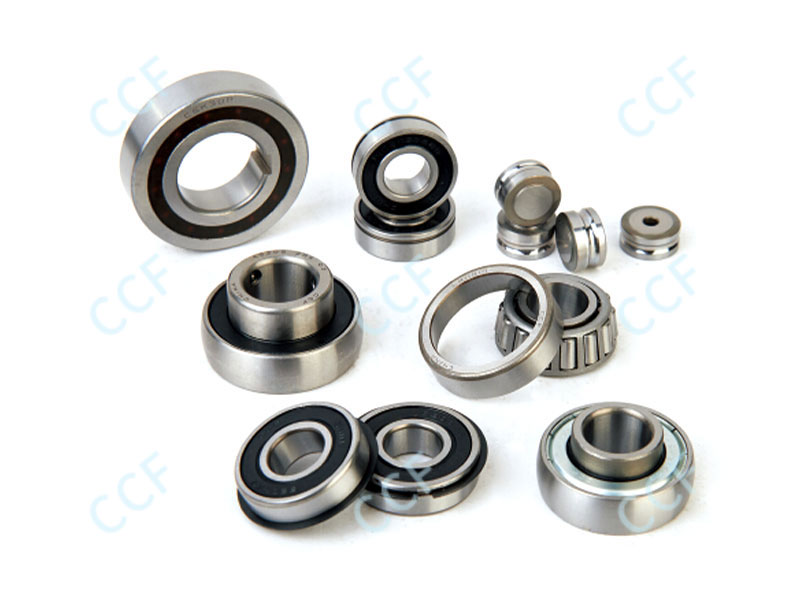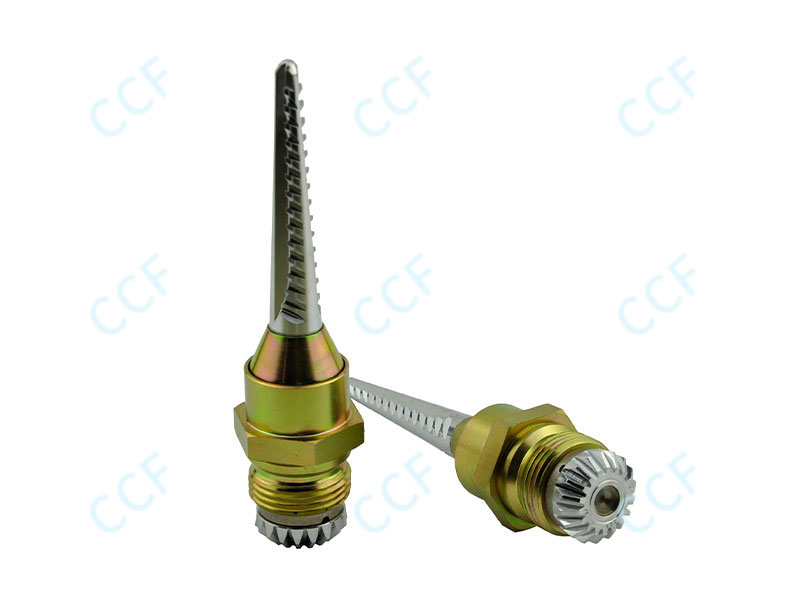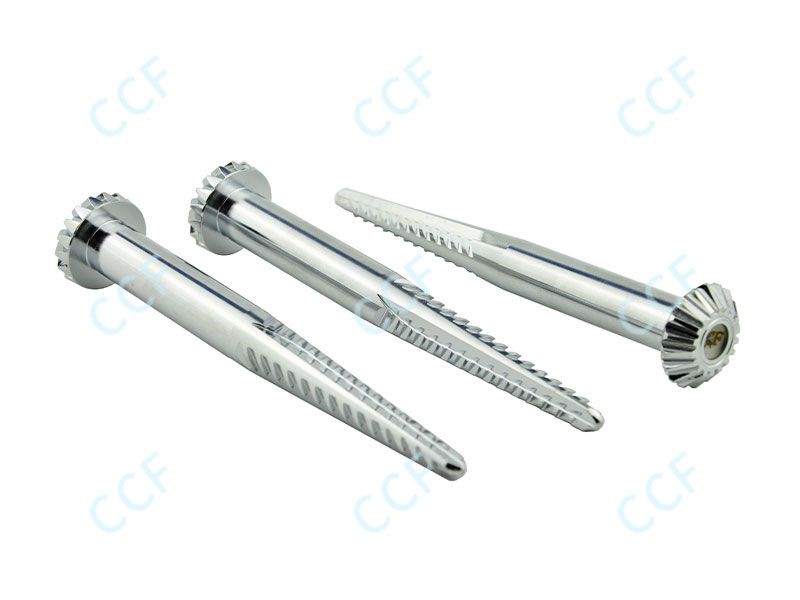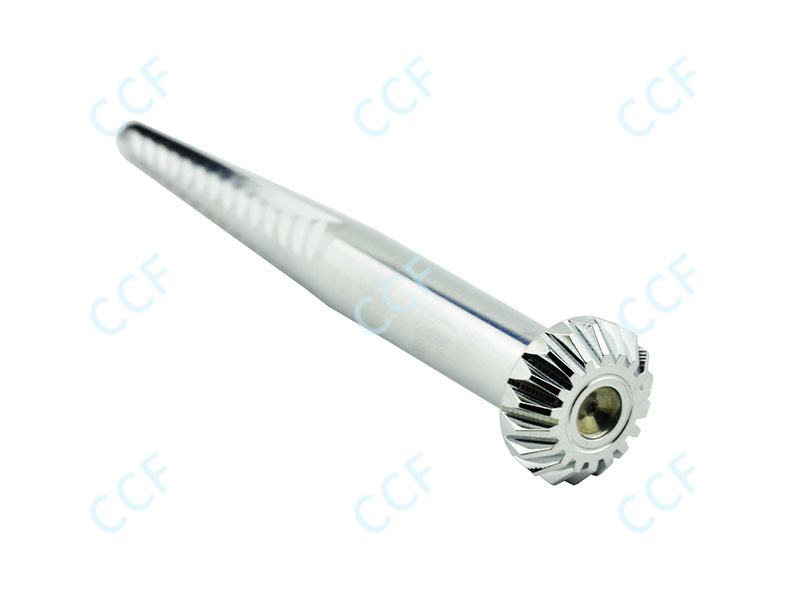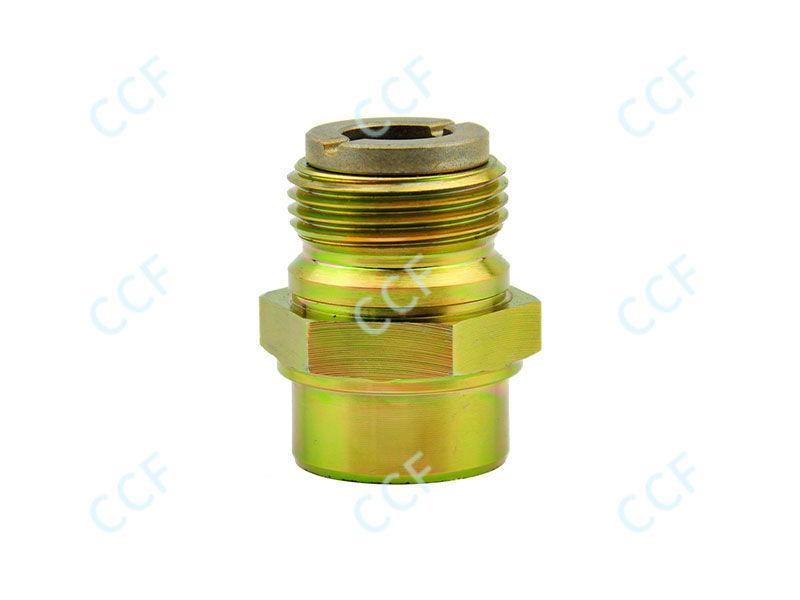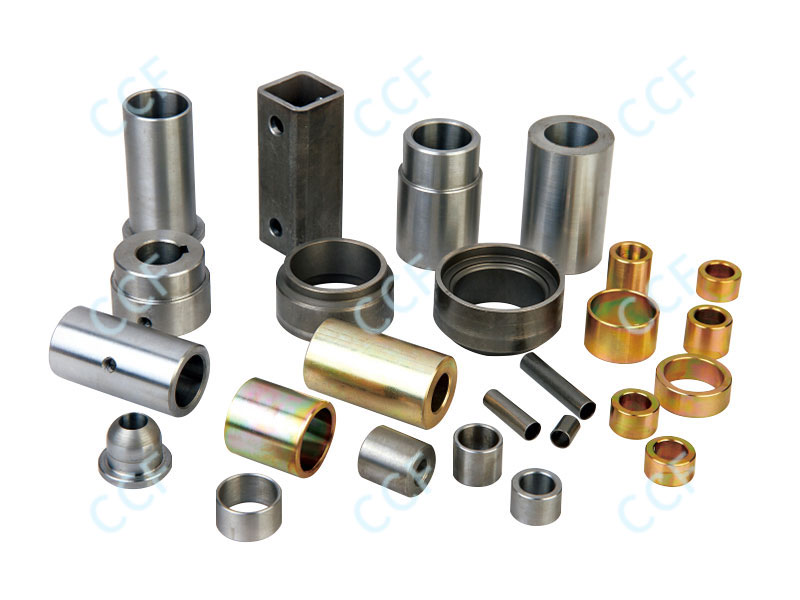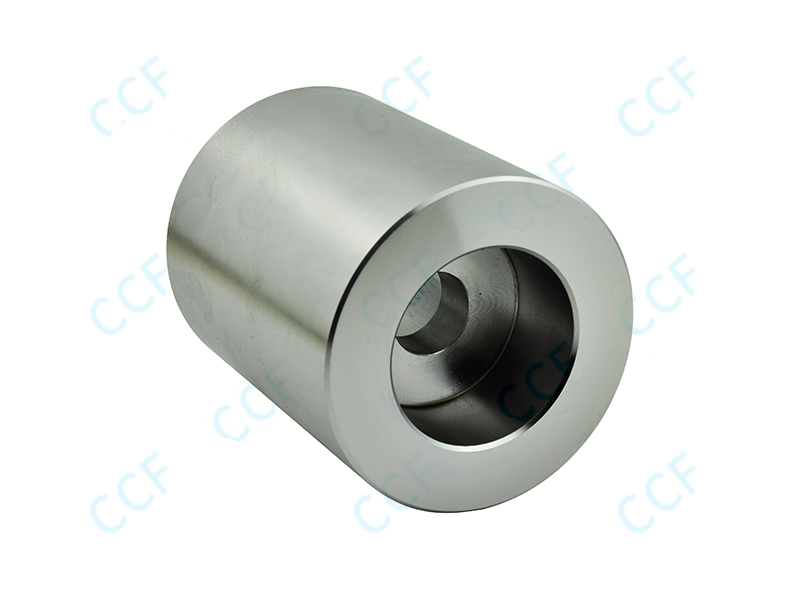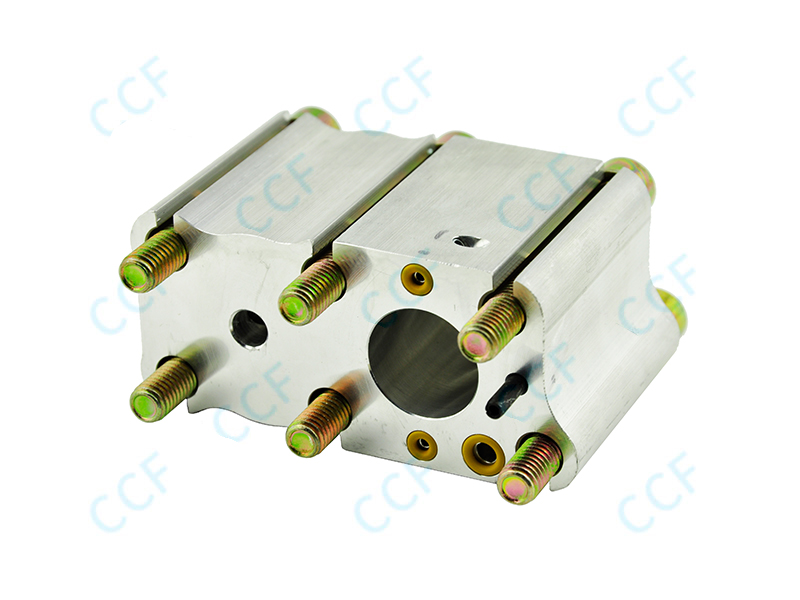Stainless steel shafts, often regarded as unsung heroes within various industries, play a pivotal role in ensuring the smooth functioning and structural integrity of a diverse array of machinery and equipment. Their significance lies not only in their durability and strength but also in their ability to withstand harsh conditions while maintaining precision and reliability. From industrial machinery to automotive components, aerospace applications to medical devices, stainless steel shafts serve as indispensable elements that underpin modern technological advancements.
One of the primary attributes that distinguish stainless steel shafts is their exceptional resistance to corrosion. This resistance is inherent in their composition, primarily consisting of iron, chromium, nickel, and other alloying elements. The addition of chromium forms a passive oxide layer on the surface of the shaft, providing a barrier that shields against corrosion from moisture, chemicals, and other corrosive agents. This corrosion resistance is particularly crucial in environments where exposure to moisture or chemical substances is commonplace, such as marine environments, chemical processing plants, or food manufacturing facilities.
Stainless steel shafts offer unparalleled strength and durability, making them ideal for applications where reliability is paramount. Whether transmitting power in industrial machinery, supporting rotating components in automotive systems, or providing stability in precision instruments, stainless steel shafts exhibit remarkable mechanical properties that ensure optimal performance under demanding conditions. Their high tensile strength and fatigue resistance make them capable of withstanding heavy loads, repetitive stress, and extreme temperatures without compromising their structural integrity.
In addition to their mechanical properties, stainless steel shafts boast excellent dimensional stability and precision machining capabilities. These characteristics are essential for achieving tight tolerances and precise alignment in various engineering applications. Whether used in high-speed rotating machinery or intricate medical devices, stainless steel shafts enable smooth operation and minimal vibration, contributing to enhanced performance and reliability.
The stainless steel shafts offer versatility in terms of design and customization options. Engineers and designers can tailor the dimensions, surface finishes, and other specifications of
stainless steel shafts to meet the specific requirements of each application. Whether it's optimizing shaft diameter and length for torque transmission or incorporating features such as keyways, threads, or grooves for component integration, stainless steel shafts provide flexibility and adaptability to diverse engineering challenges.
The role of stainless steel shafts extends beyond traditional mechanical applications, finding niche uses in specialized industries such as aerospace, medical, and renewable energy. In aerospace applications, where weight savings and reliability are critical, stainless steel shafts contribute to the lightweight design of aircraft components while withstanding the rigors of flight conditions. In the medical field, stainless steel shafts are utilized in surgical instruments, imaging devices, and prosthetic implants, where biocompatibility and sterilization compatibility are essential requirements.
STEEL SHAFTThe steel hollow shaft is a cylindrical metal component that is hollow on the inside, with a solid outer shell. It is typically made out of steel due to its high strength and durability.
Steel hollow shafts are commonly used in various applications such as machinery, automotive, and aerospace industries. They are often used to transmit torque or rotational motion from one component to another.
